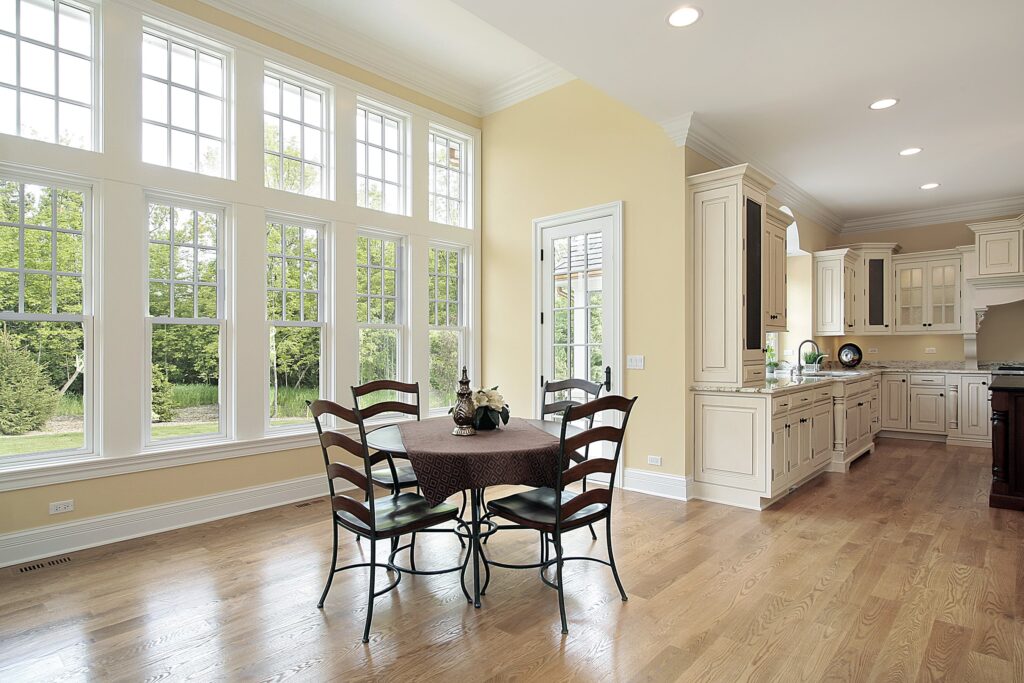What Are the Most Energy-Efficient Windows?
Everyone wants energy-efficient windows, so you’ll find plenty of products on the market that promise that that’s what they are. How do you separate clever spin from the kind of solid construction that will deliver real savings on your energy bills? Don’t worry. Taking a little time to learn about basic window features will go a long way toward helping you separate the wheat from the chaff. Then, keep specific things in mind as you go shopping for your new energy-efficient windows.
Quality
It’s true in almost any sphere. Quality matters. A window that’s tightly constructed from top-quality materials and backed by a solid warranty is going to do a better job than an inferior product.
Labels
Sometimes, it’s difficult to tell a top-quality product from one that’s lacking if you’re not an expert. Fortunately, some labels make it a little easier when you’re shopping for windows. For starters, you can look for an ENERGY STAR label. Only products that meet the program’s standards for energy efficiency will earn that marker. Another label to keep an eye out for is a label from the National Fenestration Rating Council. The NFRC’s label for windows is full of useful information that can help you compare your choices when shopping:
- U-factor: U-factor measures how windows keep heat in a room on a scale of 0.20 to 1.20. The lower the number, the better.
- Solar heat gain coefficient: With SHGC, you get a sense of how well your window will perform in keeping summer heat at bay. The scale is 0 to 1. Again, the lower score is better.
- Visible transmittance: Do you thrive in natural light? Visible transmittance reveals how much light a window lets in. The scale is 0 to 1. The higher the score, the more natural light you’ll enjoy.
- Air leakage: If you hate drafts, you’ll want minimal air leakage and a low number in this category. The score tops out at 0.3.
Glass or Glazings
Historic windows are sometimes made of single layers, but most modern windows feature double- or triple-paned glass. As Energy.gov explains, constructing a window by sandwiching multiple layers of glass together with a hermetically sealed airspace between them has an insulating effect.
Gas and Spacers
Air isn’t the only thing between the panes in most windows. As Energy.gov indicates, the space is filled with an odorless, inert gas to inhibit heat transfer and further boost efficiency. In most cases, argon is used. In addition, spacers are placed to ensure proper spacing and improve performance and stability during temperature fluctuations.
Latches, Locks, Weatherstripping, and Seals
While the glass may be the most obvious feature of any window, it’s far from the only factor. Airtight latches and locks and quality weatherstripping and seals are vital if you want reliable efficiency and smooth operation. They also have a major impact on sound reduction.
Installation
What are the most energy-efficient windows in your home? They may be different from the ones on the shelf. After all, if you want a window to reach its full potential, proper installation is essential. Any gaps left around the window can allow water and air to penetrate, setting the stage for disaster. For the best results, work with an experienced professional to ensure that your new windows are the right choice for your goals, that they’re the correct size, and that they’re properly installed.
_____
Liberty Home Solutions is delighted to offer Soft-Lite energy-efficient replacement windows in a wide range of sizes and styles. These amazing windows are an ideal way to upgrade the look and feel of your home. Our expert team can guide you through the entire process. Contact us today to explore your options or request a free estimate.


